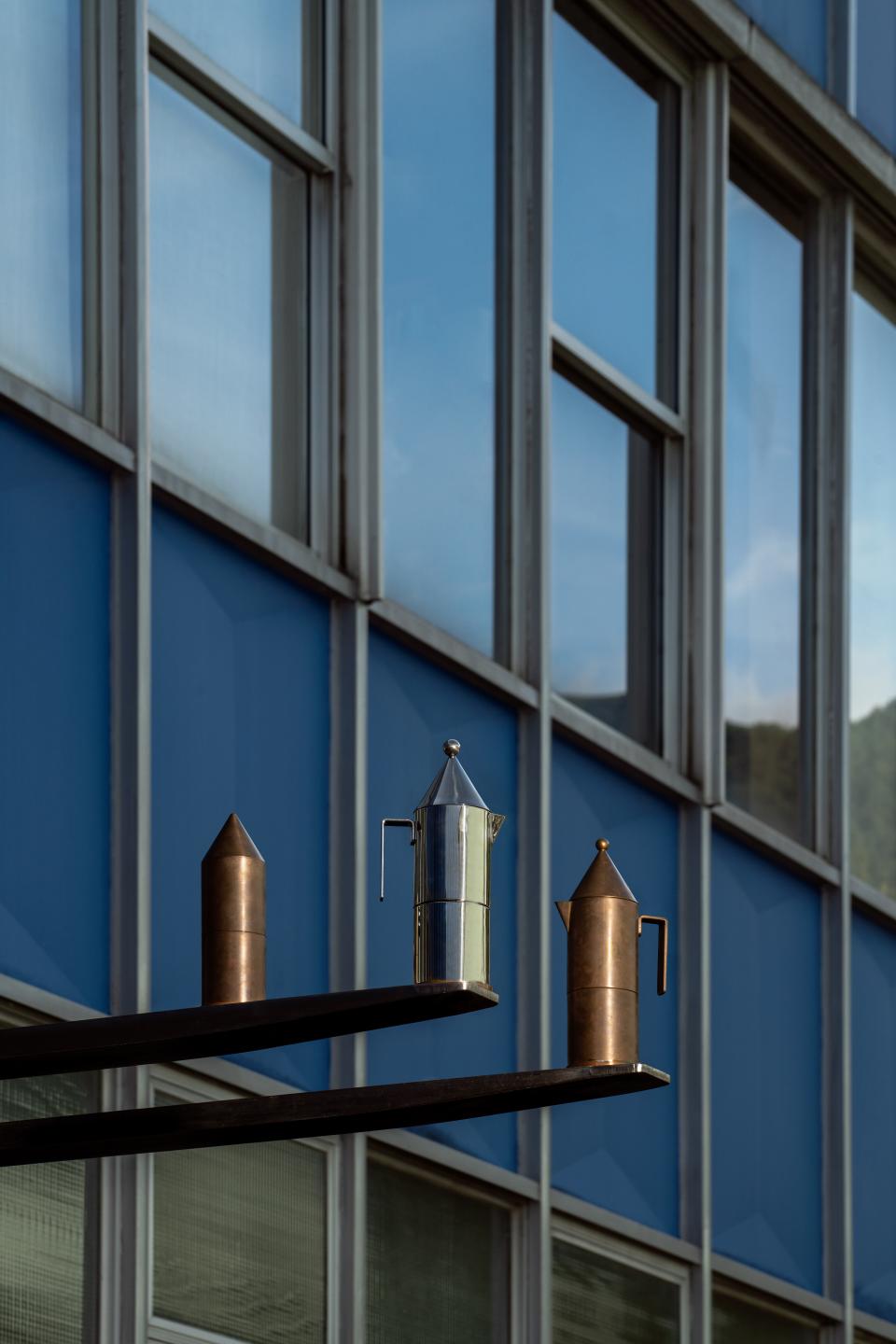EXCLUSIVE: Inside Alessi Museum’s 25th Anniversary Exhibit
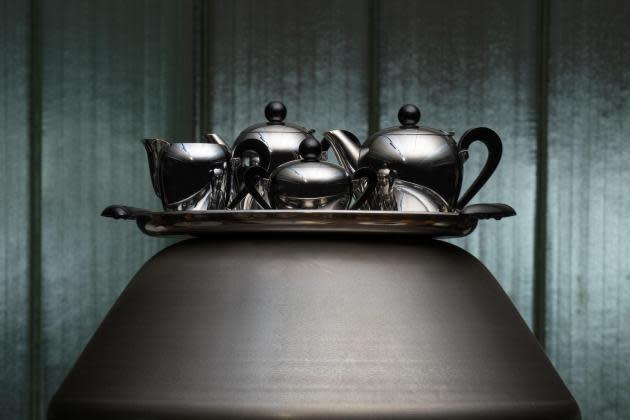
MILAN — Is a tea kettle a work of art? Alberto Alessi, grandson of Alessi founder Giovanni, certainly thinks so. Alessi’s president said the success of the company over the past six decades has been driven by his motto that functional objects like toasters and spoons have the potential to be intrinsically poetic.
In 102 years of his family’s history and debuts of envelope-pushing designs by architecture and design’s most colorful icons — Ettore Sottsass, Aldo Rossi, Achille Castiglioni and Philippe Starck among them — his favorite is the one his father made: the Bombé tea and coffee set.
More from WWD
Paris Exhibition Showcases Interior Design From Chanel's Specialty Workshops
Meet Muller Van Severen: Maison & Objet's Design Duo of the Year
“Of all the thousands of projects, I consider them all my babies. But I am really a product of these old designs by my father Carlo, who was a designer and started working for Alessi in the 1930s and saw the company through and after the war,” Alberto reflected.
Another is the 1950s-era “870” shaker — one of the first Alessi projects assigned to outside designers — by Carlo Mazzeri and Luigi Massoni.
The Alessi museum, which turns 25 this year, will cut the ribbon on a historic exhibit that traces the company’s rich history — from its origins as a brass and nickel silver sheet workshop and foundry, to a home decor powerhouse that has woven its elegant spirit into everyday life. The museum was opened in 1998 and envisaged by late Italian designer Alessandro Mendini, within the Alessi headquarters in Omegna, near Italy’s Lake d’Orta. It houses a collection of more than 25,000 objects that include prototypes, molds, unrealized projects, first versions, drawings and sketches that together tell a multitude of stories. The installation will be on display at the Alessi flagship on Via Manzoni 14 and open to the public from Thursday to Sept. 30.
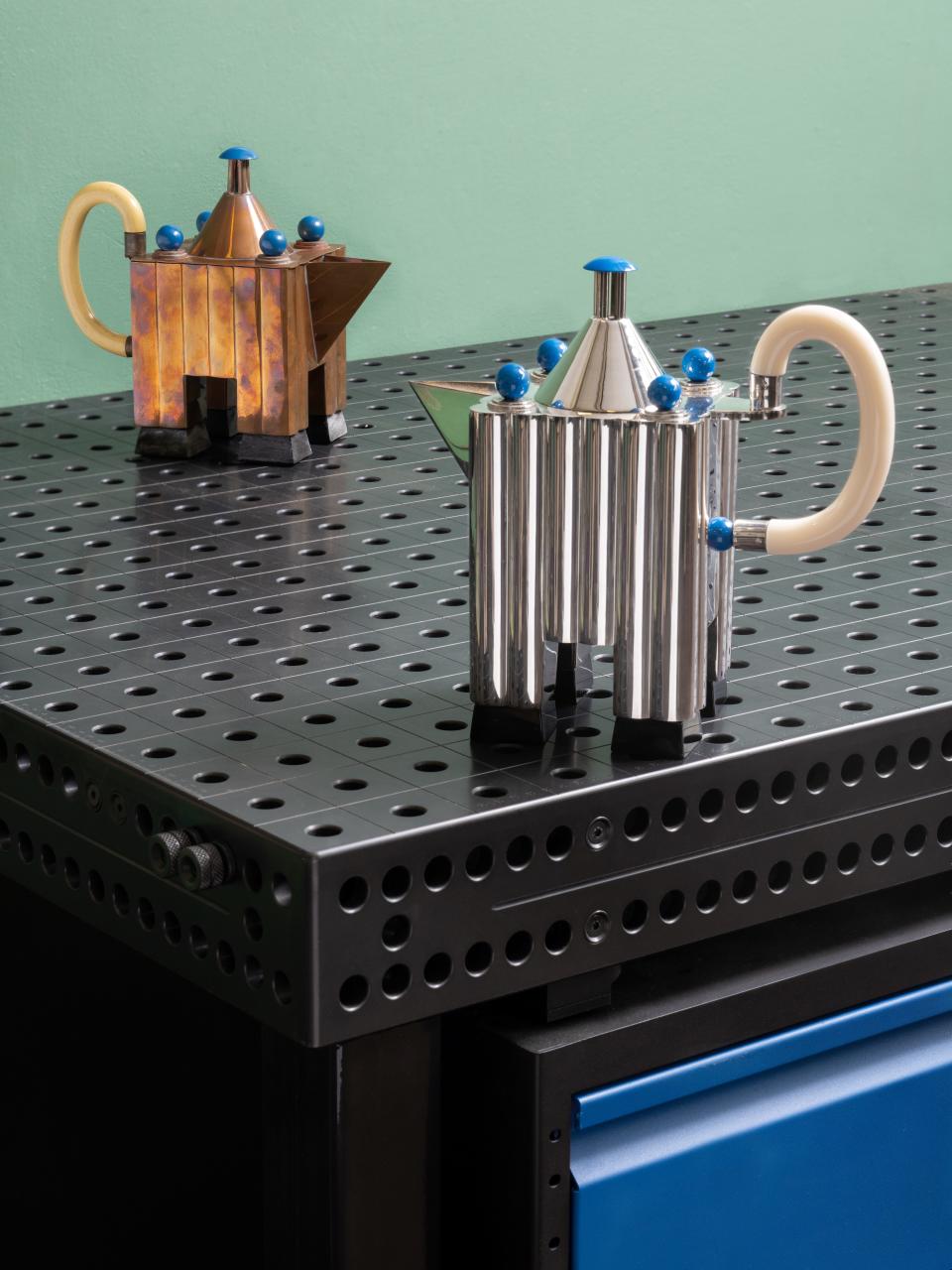
With this new installation, the museum’s curator Francesca Appiani pays homage to the creatives that have transformed Alessi into a “Factory of Design.” She breaks it down into 25 stories, one a year with a dedicated topic, highlighting iconic items like the Hot Bertaa kettle designed by Starck in 1990, La conica and cupola espresso coffeemakers designed by Rossi in 1984 and the Crevasse flower vase designed by Zaha Hadid in 2005. Milan design studio A4A design created the setup.
No doubt, for Alberto, who grew up around Alessi designers from childhood on, his closest mentors were Rossi and Mendini, as well as Sottsass, under whom he worked for about 30 years, and Achille Castiglioni, who made him laugh. “Castiglioni was the most fun. He used to always say ‘cinque centesimi in più, ma lucido.'” It’s based on an old Milanese saying that means, people will be willing to pay five cents more if it shines,” he explained with a laugh.
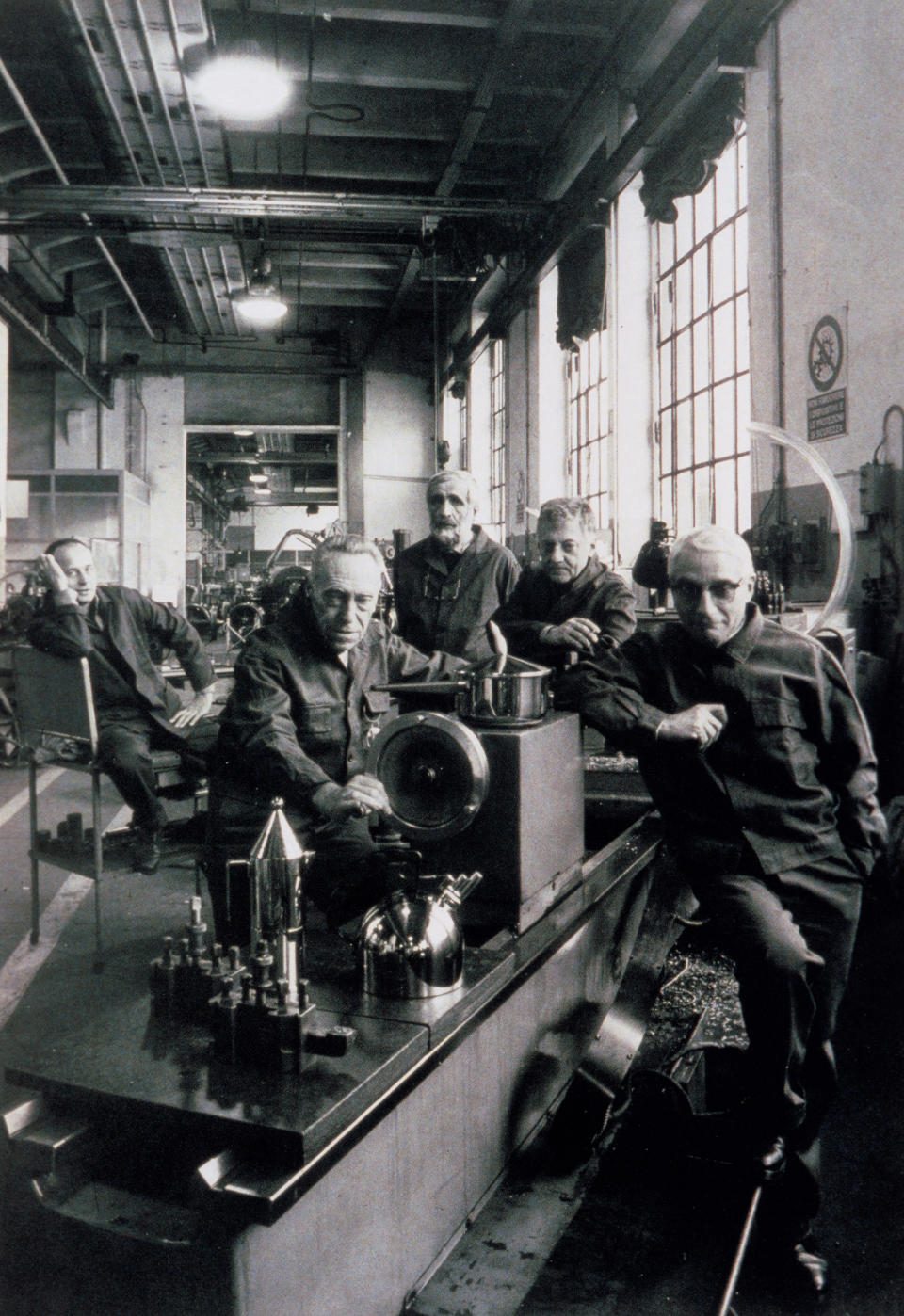
Alberto officially joined the company in the 1970s, a time where Alessi shed its industrial past and evolved into a creative design hub that echoed worldwide. That’s when the company saw Sottsass, who is perhaps most famous for the computers he designed for Olivetti, join the fold. Alessi even invited Surrealist artist Salvador Dalí into the mix with his Obget Inutile (Useless Object), a steel sheet sculpture held together by a wooden clothes pin. In the 1980s, Alberto explained, the company saw their dreams evolve even further when they made an open call to young architects, to invite them to make a tea and coffee set.
“It was the first time architects were invited to a competition to create something in the world of industrial design.”
The Tea and Coffee Piazza in 1983 came to life through the work of both designers and architects who envisaged the tray as a living square. This would be re-introduced again in 2003 with the Tea and Coffee Towers project, spearheaded by Mendini and involving the work of 22 architects.
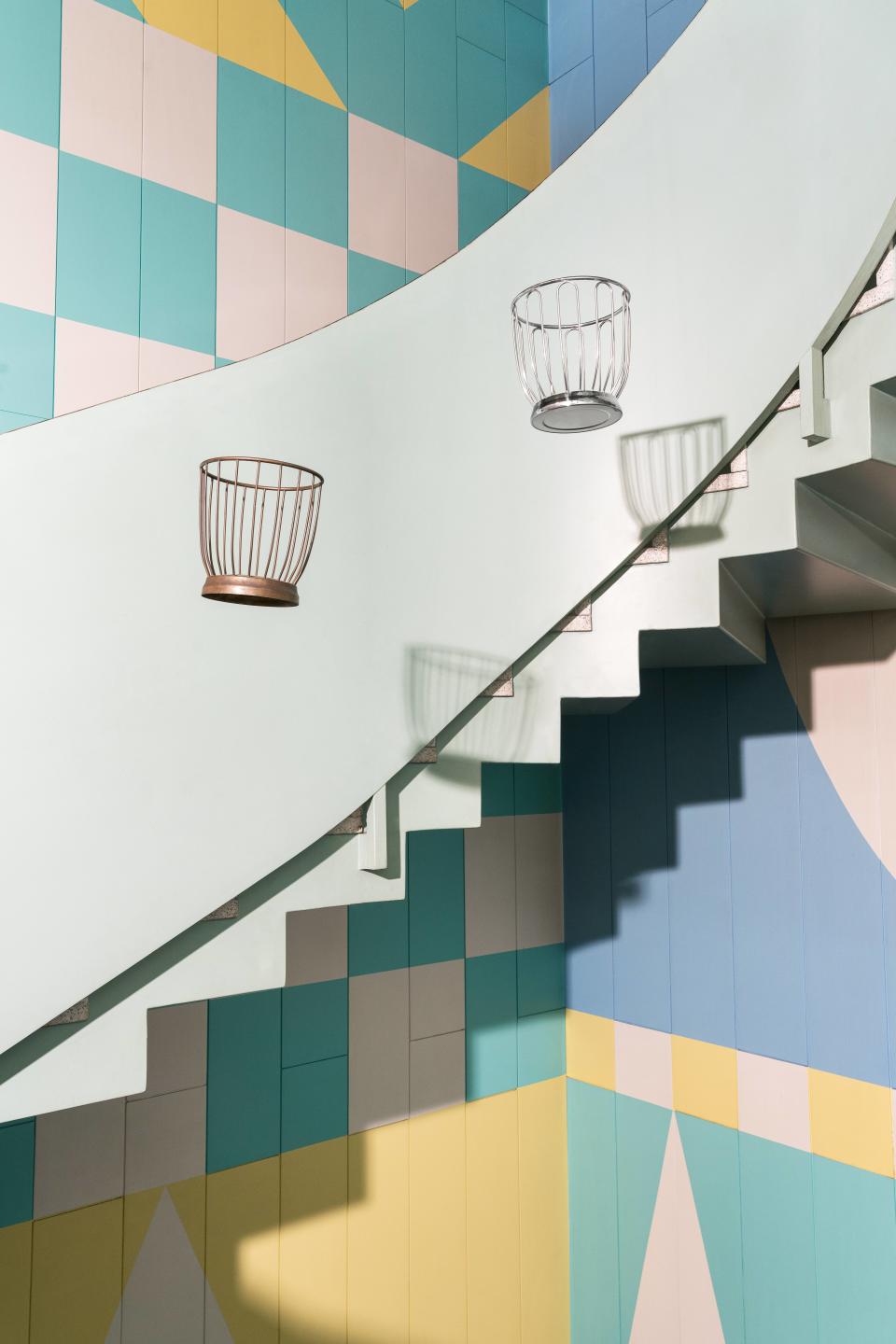
Overall, the exhibition offers an opportunity to discover the company’s ongoing research into applied arts, and reflects Alessi’s involvement in the history of contemporary design and how it continues to shape how society lives.
